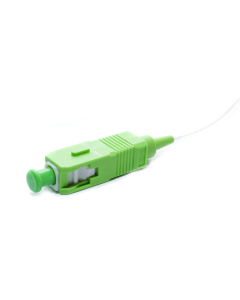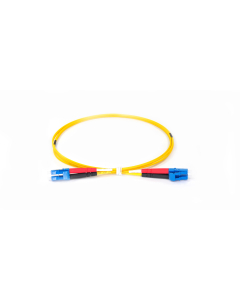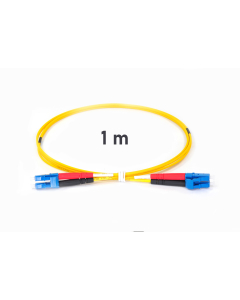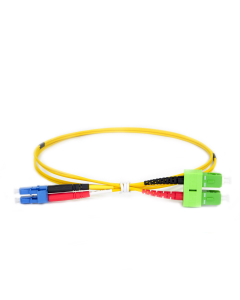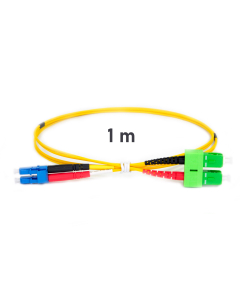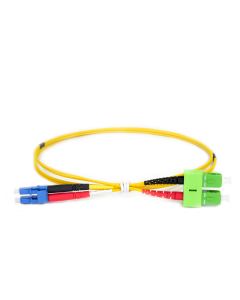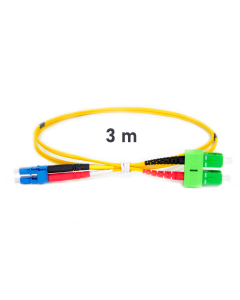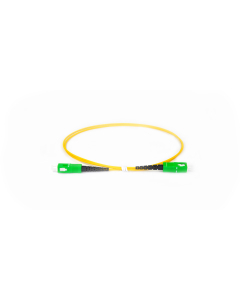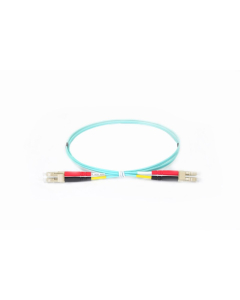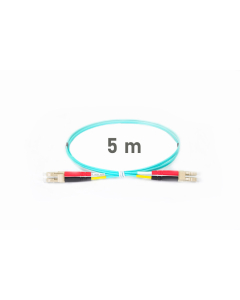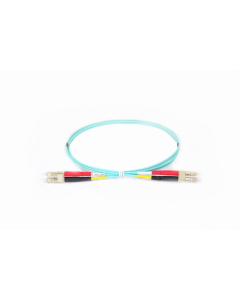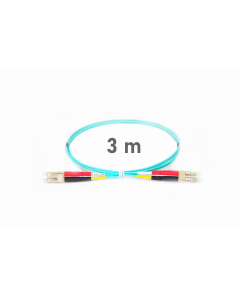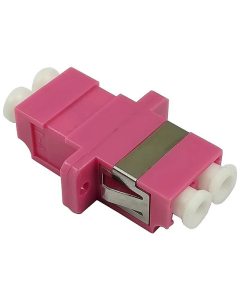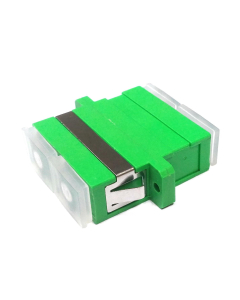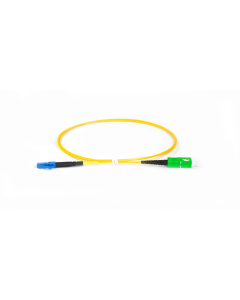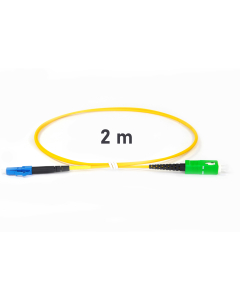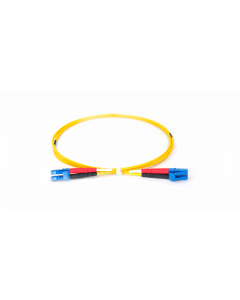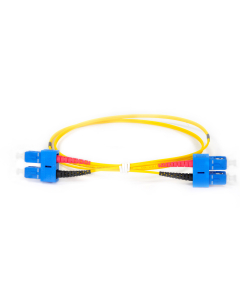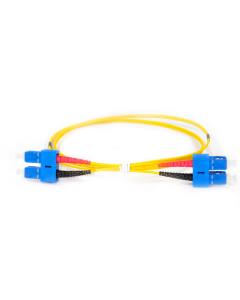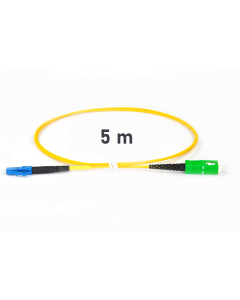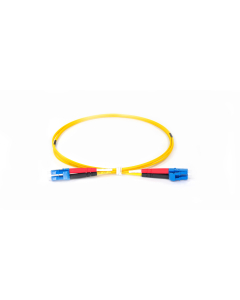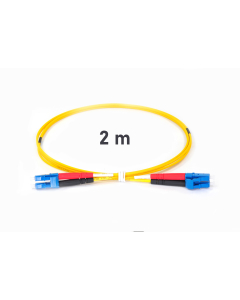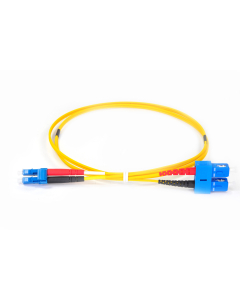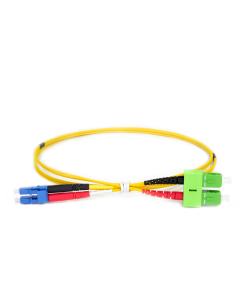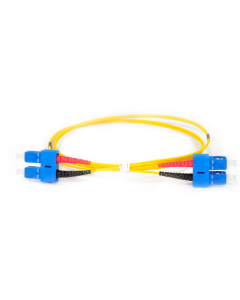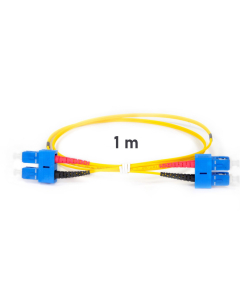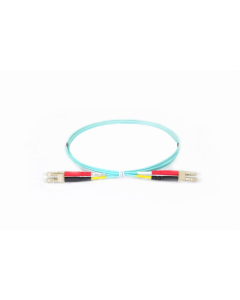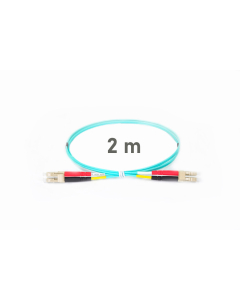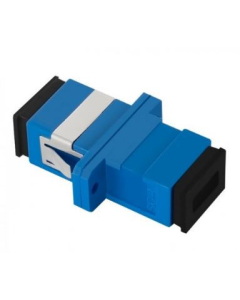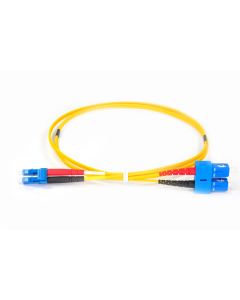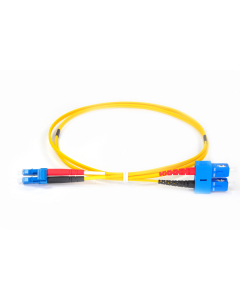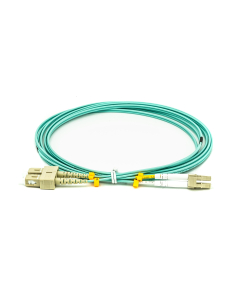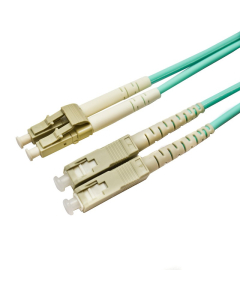- Large availabilityPatchcord LC/UPC-LC/UPC, SM G.657A1, duplex, 1m Model: LO-D-LCU-LCU-657A1-001€5.64 €6.94
- Large availabilityPatchcord LC/UPC-SC/APC, SM G.657A1, duplex 1m Model: LO-D-LCU-SCA-657A1-001€4.26 €5.24
- Large availabilityPatchcord LC/UPC-SC/APC, SM G.657A1, duplex, 3m Model: LO-D-LCU-SCA-657A1-003€4.67 €5.74
- Large availabilityPatchcord SC/APC-SC/APC SM G.657A1 Simplex, 2m Model: LO-S-SCA-SCA-657A1-002€2.17 €2.67
- Large availabilityPatchcord LC/UPC-LC/UPC, MM OM3 duplex 5m Model: LO-D-LCU-LCU-OM3-005€7.01 €8.62
- Limited availabilityAdapter SM SC/APC, duplex, ceramic sleeve, transparent dust cap Model: AD-SM-SCA-DX€0.72 €0.89
- Large availabilityPatchcord LC/UPC-SC/APC, SM G.657A1 Simplex, 2m Model: LO-S-LCU-SCA-657A1-002€2.51 €3.09
- Large availabilityPatchcord LC/UPC-LC/UPC, SM G.657A1, duplex, 3m Model: LO-D-LCU-LCU-657A1-003€6.19 €7.61
- Large availabilityPatchcord SC/UPC-SC/UPC, SM G.657A1, duplex, 2m Model: LO-D-SCU-SCU-657A1-002€4.34 €5.34
- Large availabilityPatchcord SC/UPC-SC/UPC, SM G.657A1, duplex, 3m Model: LO-D-SCU-SCU-657A1-003€4.54 €5.58
- Large availabilityPatchcord LC/UPC-SC/APC, SM G.657A1 Simplex, 5m Model: LO-S-LCU-SCA-657A1-005€2.84 €3.49
- Large availabilityPatchcord LC/UPC-LC/UPC, SM G.657A1, duplex, 2m Model: LO-D-LCU-LCU-657A1-002€5.88 €7.23
- Large availabilityPatchcord LC/UPC-SC/UPC, SM G.657A1, duplex, 3m Model: LO-D-LCU-SCU-657A1-003€4.92 €6.05
- Large availabilityPatchcord LC/UPC-SC/APC, SM G.657A1, duplex 2m Model: LO-D-LCU-SCA-657A1-002€4.80 €5.90
- Large availabilityPatchcord SC/UPC-SC/UPC, SM G.657A1, duplex, 1m Model: LO-D-SCU-SCU-657A1-001€4.09 €5.03
- Large availabilityLC/UPC-LC/UPC patchcord, MM OM3 duplex, 2m long Model: LO-D-LCU-LCU-OM3-002€5.51 €6.78
- Large availabilityPatchcord LC/UPC-SC/UPC, SM G.657A1, duplex, 2m Model: LO-D-LCU-SCU-657A1-002€4.80 €5.90
- Large availabilityPatchcord LC/UPC-SC/UPC, SM G.657A1, duplex 1m Model: LO-D-LCU-SCU-657A1-001€4.63 €5.69
Patch cable (also called patch cord or simply “a patch”) is a short cable used to connect active devices such as switches, routers, computers and passive patch panels used to transmit electronic or optical signals. Patch cables are commonly used in server rooms for connections between racks.
We distinguish two types of patch cables: fiber-optic and copper, depending on the type of signal they emit.
GENERAL CHARACTERISTICS OF COPPER CABLES
Copper cables consist of a copper wire, PCV insulation and an 8P8C (RJ45) connector.
They can be categorized based on the insulation type: U (unshielded), F (foiled), S (shielded) and based on the construction of the cable: UTP (unshielded twisted pair), STP (Shielded Twisted Pair), SFTP (Shielded and Foiled Twisted Pair), S-STP (Braided Shielded Twisted Pair)
Method of insulation and the cable’s construction define the category of the copper patch cable: cat5, cat5e, cat6, cat7
Typical lengths of patch cables are: 0.5m, 1m, 2m, 3m, 4m, 5m, 6m, 7m, 10m, 15m
GENERAL CHARACTERISTICS OF FIBER OPTIC PATCH CABLES
Fiber optic patch cables can be defined simply as a fragment of an optical fiber with a strengthened outer layer. Usually the fiber is covered with acrylic coating and then insulated with Kevlar and PCV.
Fiber patch cables can be divided based on the type of transmission as single-mode (OS1, OS2) and multimode (OM1, OM2, OM3, OM4, OM5).
Fiber optic patch cables offer two modes of transmission: simplex and duplex. Most common connectors are: SC, LC, FC, E2000, ST, MU, MPO(MTP), MTRJ. Every connector has one of given types of fiber end-face polish: APC (Angled Physical Contact) and UPC (Ultra Physical Contact)
We can distinguish following fiber optic patch cord jackets: riser, plenum, PVC, LSZH
Most common division is based on the type of connector used: LC-LC, SC-SC and MTP.
UTP AND FIBER OPTIC PATCH CORDS - APPLICATION
Which patch cord should I choose- the fiber optic or the copper one?
There is an ongoing discussion about which patch cord is better: the optical or the copper one. Although it’s true that the optical fiber has some major advantages over copper, as for example higher speed, less attenuation and more resistance to interferences, copper, on the other hand, is lighter and more durable. In recent years the demand for optical fibers has grown significantly, especially on the database market, and is expected to grow even higher due to increasing demand for network capacity.
When it comes to smart buildings, optical fibers are much more popular for horizontal cabling, while copper is applied for VoIP infrastructure and internal networks. Power over Ethernet technology creates new possibilities for copper wires, as it allows for powering and data transmission over one cable, and is therefore perfect for horizontal network cabling and powering terminal devices. And so, the optical fiber cannot fully replace the copper wire and it is expected that these two technologies will co-exist and develop independently with each other for many years still.









